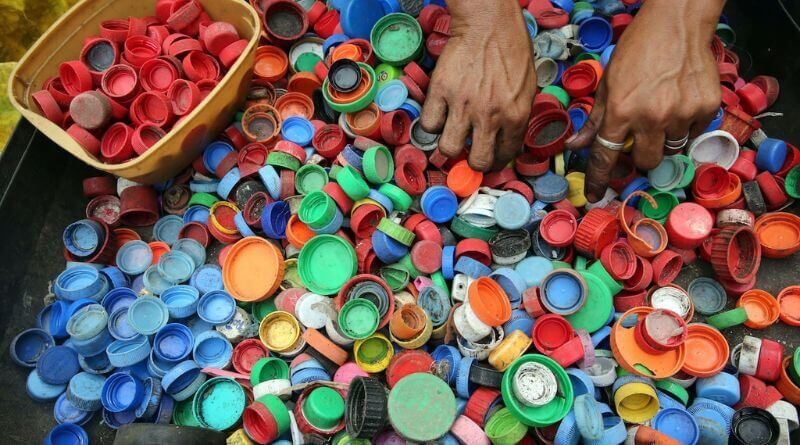Circular economy: what is it and what is it for?
To explain everything correctly, let’s start with defining this concept. The circular economy is a model of production and consumption designed to be sustainable over time. The three basic principles of the mentioned concept are: the optimization of resources, the reduction in the consumption of raw materials and the use of waste, recycling them or giving them a new life by turning them into new products.
Its ultimate goal is to make the best use of available material resources in order to extend the life cycle of manufactured products. Once again, the germ of the idea comes from imitating the natural model, in which waste is converted into new resources. In this way, a balance between progress and sustainability can be achieved.
What is the difference between the circular economy and the linear economy?
Until relatively recently, the general production model was linear. It consisted of 4 steps: extract, produce, consume and dispose. We live in a very fast paced society so sustaining this consumption system is impossible for the planet.
On the contrary, the circular model allows raw materials to remain longer in the production cycles, making better use of their resources and thus generating less waste, since many of them can be reused.
The principles of the circular economy
The 3Rs rule is well known to all, and it includes the essential guidelines for sustainable development: reduce, reuse and recycle. In other words, what is obtained from nature returns to it at the end of its useful life, in a cyclical and environmentally friendly manner.
But what is perhaps not so widespread is that there are 4 other guidelines to fully conform to a circular economy model that is totally respectful with the environment:
- Redesign: devise products that consume fewer raw materials, extend their useful life and generate less waste, or at least are easier to recycle.
- Reduce: changing our consumption habits to minimize our impact on the environment.
- Reuse: using products again or giving them another use so that their useful life can be longer.
- Repair: before replacing a product with a new one, we can try to fix it to avoid unnecessary waste of energy and materials.
- Renovate: update, repaint or fix old objects, such as furniture for example, so that they can be reused as vintage.
- Recycle: promote best practices in waste management and use what is possible as raw material for the manufacture of new products.
- Recover: make another use of products that are going to be discarded, such as using plastic bottles to create irrigation systems, flower pots or bird feeders.
Benefits of the circular economy
This production model has several benefits:
- Protects the environment: by reducing emissions, minimizing the consumption of natural resources and reducing waste generation.
- Benefits the local economy: by promoting production models based on the reuse of nearby waste as raw material.
- Promotes employment: by stimulating the development of a new, more innovative and competitive industrial model, while generating greater economic growth and employment.
Promotes resource independence: the reuse of local resources can reduce dependence on imported raw materials.

